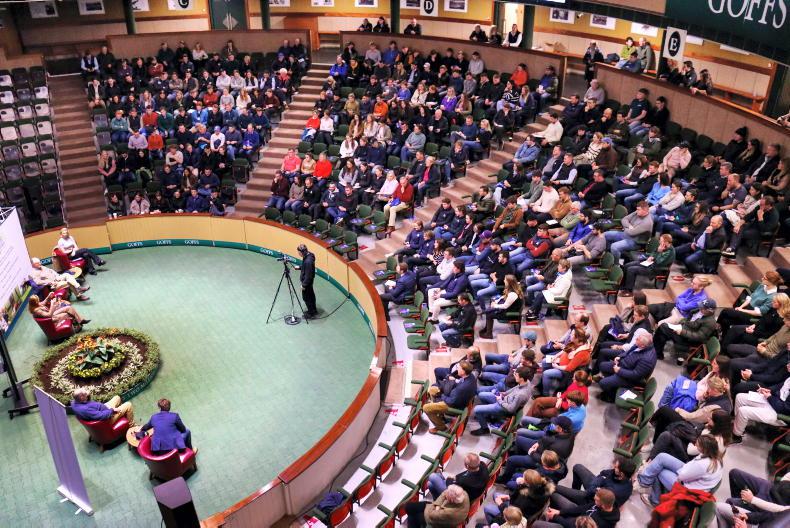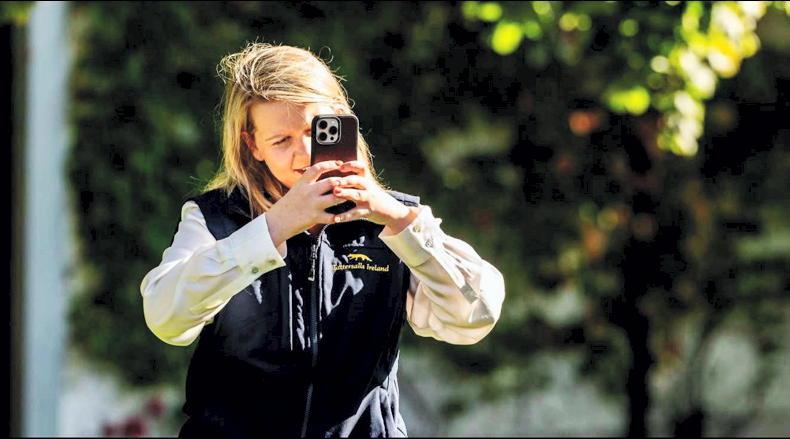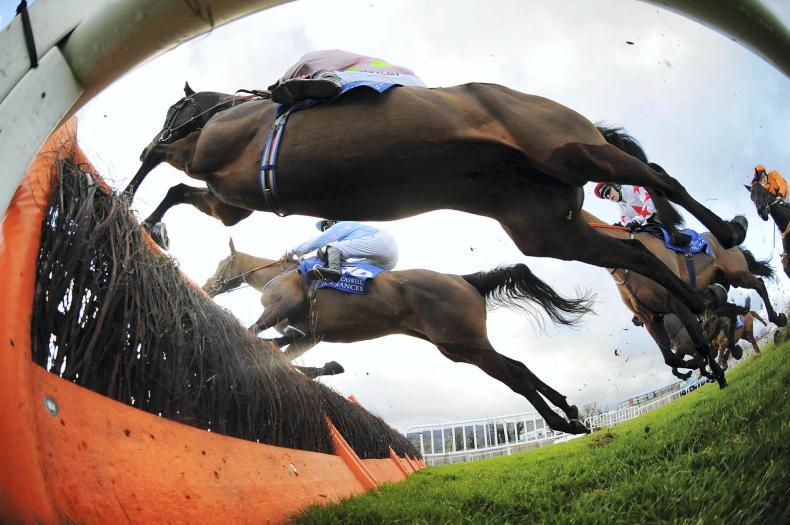SPEAKING on the panel of the ITBA National Hunt “Jumping Into The Future” Seminar this week, Goffs agent and Rathmore Stud chief Peter Molony urged breeders to look at their own mares and decide whether they are commercially viable.
In front of a packed Marina Room at the Lord Bagenal, Leighlinbridge, Co Carlow, on Wednesday evening, Molony was part of a seven-strong panel that discussed a myriad of issues in the Irish National Hunt breeding sector which included the polarisation of stallions, the need for a sales and racing programme that facilitates Irish-bred horses starting their careers earlier (detailed on front page/page three) and the importance of the mares’ races at the Cheltenham Festival.
Reflecting on the difficult predicament some breeders are facing with regard to rising costs and the impact of the French- bred stock in the Irish market, Molony said: “I’m old enough now that this is probably the second or third downturn I’ve been through and I recall that we’ve had similar hand-wringing and questions asked as to what are we going to do for the small breeder?
“I’m going to say it again, you need to look at your mare, if she is not good enough to be commercial, unless you’re doing it for a hobby, you shouldn’t be breeding from her.
“The mare is everything and I think that is where the French have a huge advantage because they have generations of mares who have raced. They are breeding from sound stock. We’ve bred from too many unraced mares over the years, but this is changing.
“People will come back to me and say we can’t afford to buy the Quevegas, the Annie Powers and the Honeysuckles, but there are so many more of these race mares coming on the market now, because there is more and more of them racing every year, and they are actually becoming more and more affordable.
“If you look at some of the mares’ sales this year, there were a lot of top class race mares, who were actually very buy-able. You could actually buy a bumper-winning mare, who is a half-sister to a blacktype horse. People need to look at what you’re breeding from. Subsidies are always asked for but I said it back in the noughties, people want to be paid to get off a sinking ship, surely you should just step off it.”
The top lots at the recent foal sales were dominated by stock from Blue Bresil and Walk In The Park, and the polarisation in choice of stallion was labelled as “bonkers” by bloodstock agent Anthony Bromley.
“Your issue at the moment is at the foal sales when everybody went on five stallions,” he said. “It’s bonkers. Highflyer (Bloodstock agency) are numerically one of the biggest buyers of stores and we’re always just looking for a nice horse. We’re not trying to chase around the Blue Bresils and the Walk In The Parks, we haven’t got the budgets for that, we look at everything.”
Richard Pugh had the statistics to back this up. “Of the 30 Grade 1 winners in Ireland over the last 12 months, there were 23 different sires, so for all the polarisation, actually when you get out there to the Grade 1s, we’re not seeing it.
“I’ve huge sympathy for the Irish breeder. They are going where they think the market is because it has got to be commercial. If that is the case, it’s disappointing, because it is not been borne out on the racecourse.”
The mares’ races at the Cheltenham Festival have long been under fire from sections of the wider industry but the panel strongly urged the room of breeders, pinhookers, stallion owners and other interested parties to support the retention of these races.
“The existence of these races have been a huge factor in the rise of the mare in Ireland and Britain,” said Molony. “As breeders, we need to be very aware that there may be moves to attack these races and we need to be strong in defending them.”
Pugh added: “With the dream of the Cheltenham Festival, we have brought in trade and momentum, and now 50% of the entire foal brand is into the market. The retention of the mares’ races at the Festival is hugely important.”


 This is a subscriber-only article
This is a subscriber-only article
 It looks like you're browsing in private mode
It looks like you're browsing in private mode









SHARING OPTIONS: